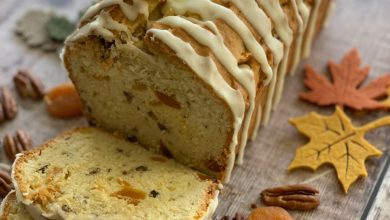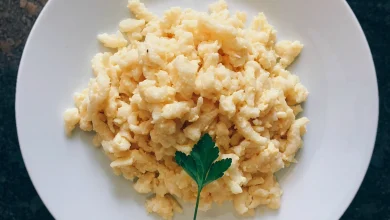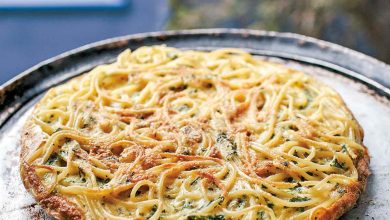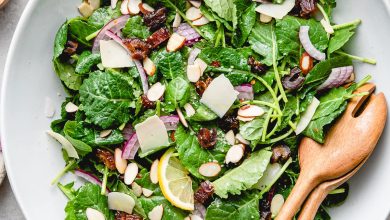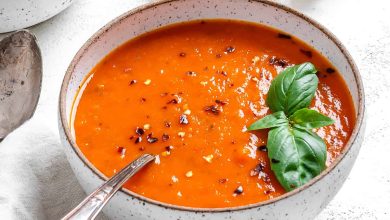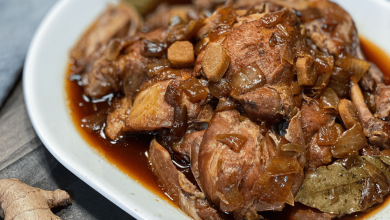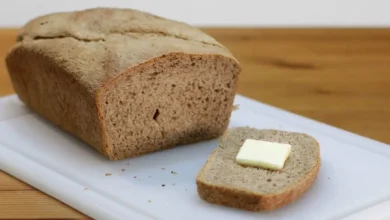Another Orange Frosting
🍊🧁 Orange Frosting: A Zesty Delight! 🍊🧁
Orange frosting is a delightful and tangy icing that adds a burst of citrusy flavor to your baked goods. Whether you’re frosting a cake, cupcakes, or cookies, this citrus-infused frosting is sure to tickle your taste buds. Let’s dive into its history, components, preparation steps, and time needed to make it.
📜 History:
Orange frosting is a variation of traditional buttercream frosting, which has been used in baking for centuries. The addition of orange zest or juice gives it a refreshing twist. The use of oranges in baking can be traced back to the Mediterranean region, where oranges have been cultivated for centuries. As citrus fruits became more accessible, they found their way into various culinary creations, including frostings.
🧁 Components:
- Butter: Unsalted butter is the base of the frosting, providing a creamy texture and rich flavor.
- Powdered Sugar (Confectioner’s Sugar): Sweetens and thickens the frosting.
- Orange Zest: Grated orange peel adds intense citrus aroma and flavor.
- Orange Juice: Freshly squeezed orange juice gives the frosting its signature orange taste.
- Vanilla Extract: Adds a touch of sweetness and enhances the overall flavor.
👩🍳 Preparation Steps:
Step 1: Ingredients Gathering
- Gather the following ingredients:
- 1 cup (2 sticks) of unsalted butter, softened.
- 4 cups of powdered sugar.
- Zest from 2 oranges.
- 1/4 cup of freshly squeezed orange juice.
- 1 teaspoon of vanilla extract.
Step 2: Cream the Butter
- In a mixing bowl, beat the softened butter until it’s smooth and creamy.
Step 3: Add Powdered Sugar
- Gradually add the powdered sugar to the butter, mixing on low speed to avoid a sugar cloud.
Step 4: Incorporate Orange Flavor
- Add the orange zest, freshly squeezed orange juice, and vanilla extract to the mixture.
Step 5: Beat Until Smooth
- Continue to beat the frosting until it’s smooth, creamy, and well combined. You can adjust the consistency by adding more powdered sugar for thickness or more orange juice for a lighter texture.
Step 6: Frost Your Treats
- Once your orange frosting is ready, use it to frost your cupcakes, cakes, or cookies. Get creative with your designs!
🕒 Time Needed:
Preparing orange frosting typically takes around 10-15 minutes, depending on your experience with frosting making and the tools you have at hand. The time can vary based on how intricate your frosting design is and how many baked goods you’re frosting.
Now you’re all set to add a burst of citrusy goodness to your sweet treats with this delightful orange frosting! 🍊🧁 Enjoy your baking adventure!
Certainly! Here’s the nutrition information and some health considerations for orange frosting:
Nutrition Facts (Approximate per 2-tablespoon serving):
- Calories: 120
- Total Fat: 7g
- Saturated Fat: 4.5g
- Cholesterol: 20mg
- Sodium: 0mg
- Total Carbohydrates: 15g
- Sugars: 15g
- Protein: 0g
Health Information:
-
Calorie Content: Orange frosting is relatively high in calories, primarily due to its butter and sugar content. Moderation is key, especially if you’re watching your calorie intake.
-
Fat Content: It contains a moderate amount of fat, mainly from butter. While fat is an essential nutrient, it’s advisable to consume high-fat treats like this in moderation to maintain a balanced diet.
-
Saturated Fat: A significant portion of the fat in orange frosting is saturated fat, which, when consumed in excess, can raise LDL (bad) cholesterol levels. Consider using lower-fat alternatives or consuming it sparingly if you’re concerned about saturated fat intake.
-
Sugar Content: The majority of the carbohydrates come from sugar. High sugar intake is associated with health issues like tooth decay, weight gain, and increased risk of chronic diseases. Be mindful of your overall sugar consumption.
-
Protein: Orange frosting is very low in protein, so it doesn’t contribute significantly to your daily protein needs. Ensure you’re getting enough protein from other sources in your diet.
-
Nutrient Density: While orange frosting may not be a nutrient-dense food, it can bring joy and satisfaction when enjoyed in moderation as part of a balanced diet. It’s best reserved for special occasions or as an occasional treat.
-
Allergies and Dietary Restrictions: If you have dairy allergies or follow a vegan diet, consider using dairy-free alternatives like vegan butter and dairy-free cream cheese to make a suitable frosting.
Remember that the nutritional values provided here are approximate and can vary based on specific ingredients and portion sizes. It’s essential to balance indulgent treats like orange frosting with a diet rich in whole, nutrient-dense foods for overall health and well-being.

